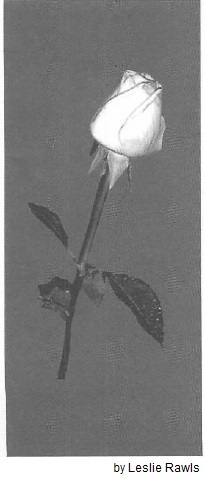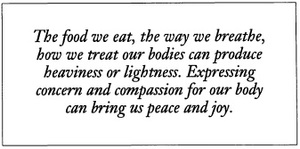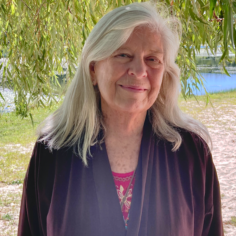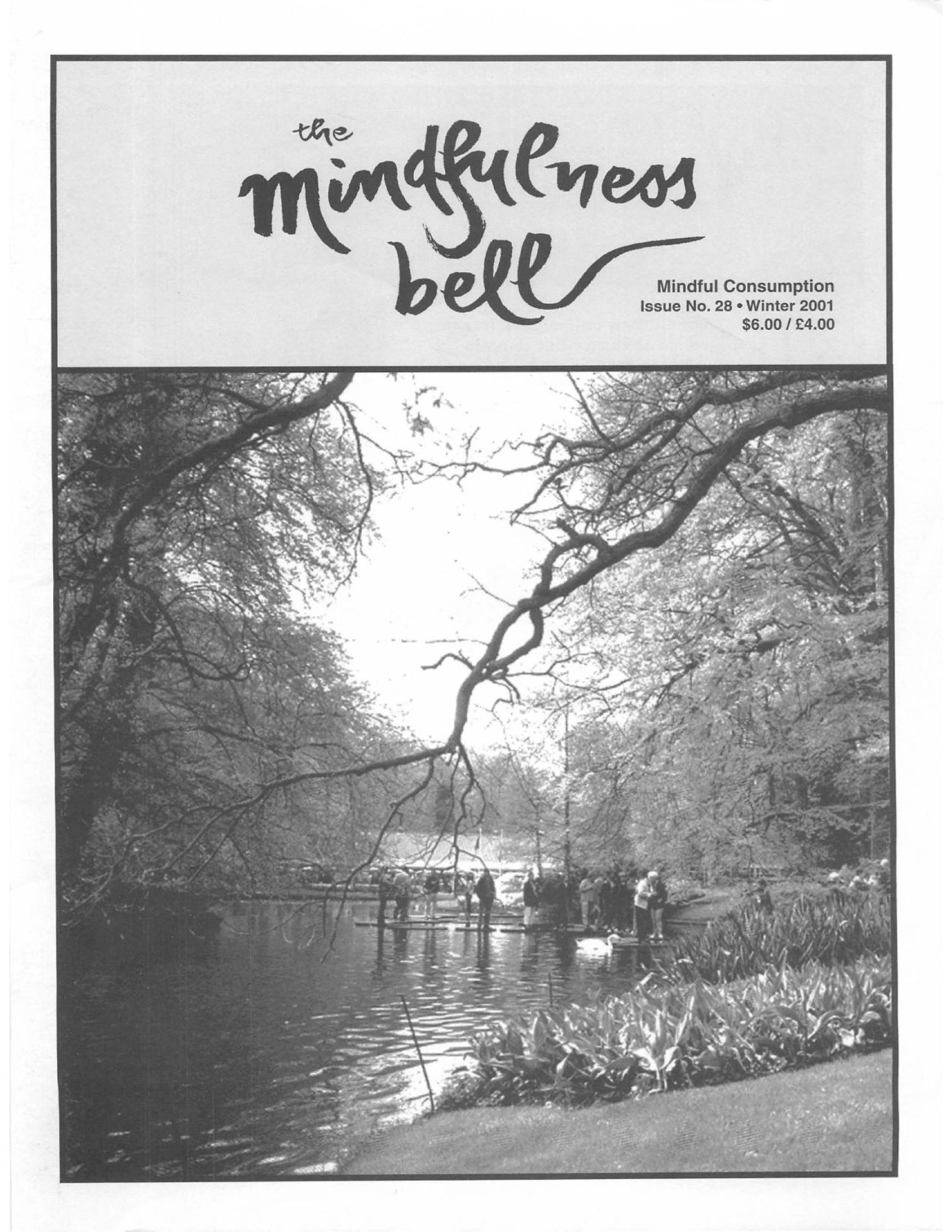By Tracy Sarriugarte and Peggy Rowe
Smell the Roses
People from a planet without flowers would
think we must be mad with joy the whole time to
have such things about us.
—Iris Murdoch
Beauty from nature is one of my favorite touchstones and it comes in all forms and shapes and sizes-trees, flowers, clouds, and creatures. Beauty is in the eye of the beholder,
By Tracy Sarriugarte and Peggy Rowe
Smell the Roses
People from a planet without flowers would
think we must be mad with joy the whole time to
have such things about us.
—Iris Murdoch
Beauty from nature is one of my favorite touchstones and it comes in all forms and shapes and sizes-trees, flowers, clouds, and creatures. Beauty is in the eye of the beholder, but it is also in the ear and tongue and nose of the beholder. A bird song at midday can be as sweet as a soundless sunset. But beauty cannot touch us without our awareness, appreciation, and active participation.

I am passionately fond of roses, of every shape and hue and fragrance—especially fragrance. At my home, I cultivate long-stemmed hybrid teas, short and sassy floribundas, vigorous climbers, and wayward rugosas. My favorite roses have the most delightful names, like Angel Face, Sheer Bliss, Chrysler Imperial, Dainty Bess, and First Kiss. Every rose in my garden is graced with scent. Some of my roses smell like cinnamon, some like honey, and some smell of citrus. My red roses have the deepest perfume, to match their rich, dark color; the white roses are the most delicately scented; and the yellow roses, my favorite, smell like summer sunshine. Yet with all their beautiful fragrance, a rose might as well be a weed if no one stops to smell it. In late spring, when the first roses burst into bloom, my garden is filled with delightful aromas and the humming of busy bees harvesting the sweet nectar and pollen. My neighbors, all busy people, hesitate a moment before getting into their cars to drive to work. I watch them stop and inhale deeply, standing with their car doors open, one leg already inside the car, and I often see them smile as they drive away. It makes me happy that their commute begins in a beautiful, aromatic way.
Seeing, hearing, or touching beauty reconnects us with our deep selves and with everything around us, of which we are a part. It's as simple as smelling the many fragrances and aromas carried by the breeze, or listening to the sounds of children's voices from the schoolyard, or touching the velvet fur of a beloved pet. When time seems to be moving away from us too quickly, the wonders of the natural world can bring us back to a deeper appreciation of life and true enjoyment of this moment in time.
Practice: Smell the Roses
- What do you find beautiful? When are you touched by beauty?
- Take a moment to appreciate the beauty around you right now-look around, sniff the air, listen for faint sounds in the distance, reach out to touch a different texture than where your hands now rest.
- Get outside. Feel the caress of the air on your skin. Smell the fragrance of this season of the year. Touch a leaf or a blade of grass. Look up at the sky.
- Notice what is most pleasing and beautiful to you. Make a note in your personal journal or share with another person how beauty touched you today.
Listen to Your Body
Each of us is a self-contained, free-standing
individual, labeled by specific protein configuration
sat the surface of cells, identifiable by
|whorls of fingertip skin, maybe even by special
medleys of fragrance. You'd think we'd never
stop dancing.
—Lewis Thomas, M.D.
Our body is the vehicle that helps us travel through time. Every feature of the human body was created with a special purpose. Meticulously designed, the body is a miracle. Every hair and every cell contain all the data necessary to make an entire universe. The body functions as a fully-integrated system much like a community. Each part benefits from the whole and if one part is disruptive, the whole system may be jeopardized.
Taking time to listen to the voice of our body is a practice of great benefit. If your body were to write you a letter, what would it say? Here is an example of a letter from my journal:
Dear Peggy: I'm enjoying the new diet. More water and greens help me feel strong and clear. I appreciate the regular meditation time. This helps me feel my natural rhythm and a sense of calm. I enjoy the walks with Suzanne. The movement is refreshing and the sun feels good. Thanks for listening. I love you, Your Body.
By putting ourselves in touch with our body, we come to feel and understand the body and learn concrete ways to bring it peace and joy. We know that stretching relieves tension and produces wellbeing; that we feel more alive after a walk; that we can change our state of mind by breathing deeply; that in dancing, we forget our worry; that our posture can reflect different attitudes and states of mind. Using our bodies in certain ways not only reconciles us to the physical world but also changes our state of mind in the present moment.
We can access body wisdom by stopping and listening, which can occur in a body session, during yoga or exercise, through letter writing and by prayer. Messages come to us via our senses, the experience of pain and pleasure, and through our dreams. Sometimes we can communicate with our body simply by looking in the mirror.
When I first sat down to have a chat with my body, I was frustrated. I couldn't hear what my body had to say. As I looked more deeply into my experience, I realized that I had been out of touch with my body for some time. I had been dragging my body around like a stubborn puppy. As with any relationship, I would have to build trust. And that would take time.
As I continued to practice deep listening, I discovered that my body was communicating. The messages were just subtler than I had expected and I had to learn to understand them. Early body messages might be a twinge, an involuntary movement, or an itchy spot. I learned to follow body clues like a skilled tracker.
The first verbal message I consciously received from my body came to me as if it had been shouted. I was experiencing a sense of depression and I asked my body to help me understand my condition. The message I heard was, "You're not depressed-you're tired!" My body had been trying to communicate with me; in fact, it was sending the message as loudly and as clearly as it could. I had to say, "Quit shouting!" I instantly felt some relief from my body. I had heard! Hooray! No more shouting.

The next chapter in my growing friendship with my body came in the form of information overload. Now that the communication lines were open and our relationship was on good terms, my body had a lot to say. During the next several months, I received Goldilocks-like messages such as: "like this" and "don't like this," "more of this" and "less of this," "this hurts" and "this feels good." After I began behaving in accordance with the information provided by my body, the communication settled down. Then, like Goldilocks, I discovered what was "just right."
The food we eat, the way we breathe, how we treat our bodies can produce heaviness or lightness. Expressing concern and compassion for our body can bring us peace and joy. We discover how to rest and to refresh and restore to each part of the body the capacity to function normally. We can create positions of greater balance, experience well-being and even ecstasy. We can invent new harmonies and rhythms that help us step lightly, with grace and ease.
I find the voice of my body to be one of my greatest resources. My body is wise, relentlessly honest and, to my surprise, very kind. My body wants what is best for me. Depth psychologist Marion Woodman said, "If you can listen to the wisdom of your body, love this flesh and bone, dedicate yourself to its mystery, you may one day find yourself smiling from your mirror."
Practice: Listen to Your Body
- Take a few moments to listen to the voice of your body. Imagine that your body would like to write you a letter. Just let your hand and body write the letter.
- This is a great practice for building regular communication with your body. It is also useful if you are feeling disconnected from your body or wishing to understand a particular condition or behavior.
- What is your body saying right now? How do you want to respond?
- What action can you take today that will let your body know that you are listening?
Notice Ordinary Miracles
Take, for example, a pencil, ashtray,anything, and holding it before you in bothhands, regard it for a while. Forgetting itsuse and name yet continuing to regard it,ask yourself seriously, "What is it?" Itsdimension of wonder opens; for the mysteryof that being is identical with the mystery ofthe being of the universe-and yourself.-Joseph Campbell
She was old for as long as I can remember. Shewore flower-sprigged dresses with a white apron and smelled of violets. She had sugar cookies as big as my fist and the cookie jar was always always full. When she was 81, she wrote her autobiography and called it My First 80 Years. My Grandmother Morris taught me the value of looking for ordinary miracles.
"Ordinary miracles are all around," she said. Sometimes education helps us to see them. We learn in school how rainbows are created and we can never look at the sky again without knowing there are rainbows waiting in hiding. Other times, miracles are unveiled when we open our eyes and truly see what is there. This can be an experience of deeply appreciating a glorious sunset, responding to the touch of someone's hand, or of feeling grateful for our own breath. And sometimes ordinary miracles reveal themselves in the company of one who is in touch with the extraordinary cloaked as ordinary.
Sand was one of my grandmother's ordinary miracles. She had a large wooden storage shed full of jar after jar of sand. She began gathering sand when she was in her late teens. She first noticed sand when she was delivering Watkin's spices from her horse and buggy route. The sun was striking the earth by the road and it looked like gold, she said, but it wasn't gold, it was an ordinary miracle. Sand was never the same.
She married a fellow adventurer. Weekends and on vacation, they toured the country collecting sand. If anyone went on a trip, my grandmother knew what color of sand they could expect to find there. Her face would light up when she received a gift jar of sand. She would hurry into the shed to see if it was a new color.
This was the first ordinary miracle I learned about. I explored where to find the pink sand, black sand or orange sand. I discovered what created color. I learned to notice and value what was beneath my feet. I observed that the earth comes in all shades of the rainbow. I learned about rocks and minerals and to imagine a place with a pink beach.
The second ordinary miracle I learned about from my grandmother was that she transformed sand into art. She created sand paintings on plywood boards and in large glass bowls. I remember her with sand sifting through her hands, slowly and patiently creating works of art out of nature's raw material. This was magic to me as a little girl, and the memory still is today. I look at sand and see color, art, and my grandmother.
We don't need to go looking for ordinary miracles. They are everywhere and we see them when we stop, look, listen, and appreciate what is already in the circle of our own life. The value of doing this practice is that it can help us to stay open and available. It can help our hearts stay soft and connected to our own life. It can help us stay connected to the magic and the mystery that is present in our life. A pencil is a miracle; so is a sheet of paper, a matchstick, and a dinner plate. Experiencing an ordinary miracle stops time and opens us up to the timeless dimension. Pausing to appreciate ordinary miracles can help us remember that happiness is where we are and the miraculous is all around us.
Practice: Notice Ordinary Miracles
- Find a comfortable place whether inside or in nature. Take a piece of paper and write down some of the ordinary miracles you observe.
- Choose one of these ordinary miracles and sit with the item or being for five minutes. Forgetting its use and its name, hold the item or regard it and ask yourself, "What is this?" This is a practice of looking deeply and listening deeply.
- What did you observe? What did you learn?
- As you go throughout your day, anytime you see this item or being, see if you can recall the sensation or discovery that you made by looking deeply into an ordinary miracle.
Excerpted from Making Friends with Time (PBJ Productions 1999; available from Parallax Press) Tracy Sarriugarte is an ordained minister, an organizational consultant, and a creative entrepreneur. She practices with the Beginner's Mind Sangha in Boise, Idaho. Peggy Rowe, True Original Vow, has more than twenty years of experience as a teacher and organizational consultant. She is a writer and gourd artist, and practices with the Still Water Sangha in Santa Barbara, California.


